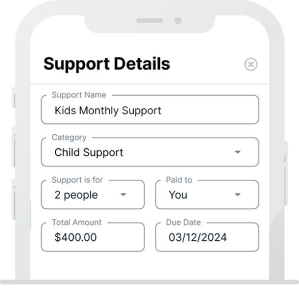Medicaid plays a pivotal role in providing health care to millions of Americans, especially those requiring home care. A landmark proposal to invest $150 billion in Medicaid’s home- and community-based services (HCBS) could significantly transform the landscape of home care in the United States. This article explores the potential impacts of this investment on the quality and accessibility of home care and how technological solutions like SupportPay could enhance these services.
Overview of Medicaid’s Home Care Services
Medicaid is a critical source of funding for home care services, catering to the elderly, disabled, and other vulnerable populations. These services enable individuals to receive care in their preferred community settings rather than in institutional environments. The funding for these services, however, has historically been capped, leading to long waitlists and uneven quality of care across different states.
The $150 Billion Investment Proposal
The proposed $150 billion boost in funding aims to expand and enhance Medicaid’s HCBS programs significantly. This unprecedented investment is expected to:
- Reduce the current waitlists for services, allowing more individuals to access care without significant delays.
- Increased compensation for home care workers could help alleviate the chronic issue of understaffing in the sector by attracting more qualified workers and reducing turnover rates.
- Improve the overall quality of care provided in home settings, ensuring that it is on par with care provided in more controlled environments.
Potential Impacts on Home Care Quality and Accessibility
The infusion of $150 billion into Medicaid’s HCBS could have several transformative impacts on the home care sector:
- Enhanced Care Accessibility: By expanding services and reducing wait times, more beneficiaries could receive care in their community settings, which is often crucial for their quality of life.
- Improved Care Quality: Better funding could lead to higher standards of care, as providers would have more resources to invest in training and retaining staff.
- Economic Effects: A well-funded home care system can reduce hospital admissions and the need for more expensive institutional care, thereby saving costs across the healthcare system.
The Role of SupportPay in Enhancing Medicaid HCBS
SupportPay, primarily known for its child support management features but has recently expanded it’s product to all caregivers, could play a novel role in the realm of Medicaid HCBS. By providing a platform that facilitates the efficient management of payments and financial documentation, SupportPay could help home care providers ensure that Medicaid funds are appropriately used and that financial reporting is simplified. This could be particularly beneficial in a landscape where funding increases bring about greater scrutiny and the need for transparency.
Future Directions
As Medicaid continues to evolve in response to the growing demand for home-based care, integrating technological solutions like SupportPay could become increasingly important. These tools help streamline administrative processes and ensure that funds directly benefit care recipients. It will also be vital for policymakers to continuously assess the impact of increased funding and make adjustments as needed to maximize the benefits for all stakeholders involved.
Conclusion
The proposed $150 billion investment in Medicaid’s home- and community-based services represents a significant step forward in addressing the longstanding challenges of home care in the United States. By improving both the quality and accessibility of care, this investment not only supports the well-being of millions of Americans but also promotes a more efficient and effective healthcare system. As this sector grows, innovative solutions like SupportPay are vital to ensure that these enhancements are sustained over the long term.









